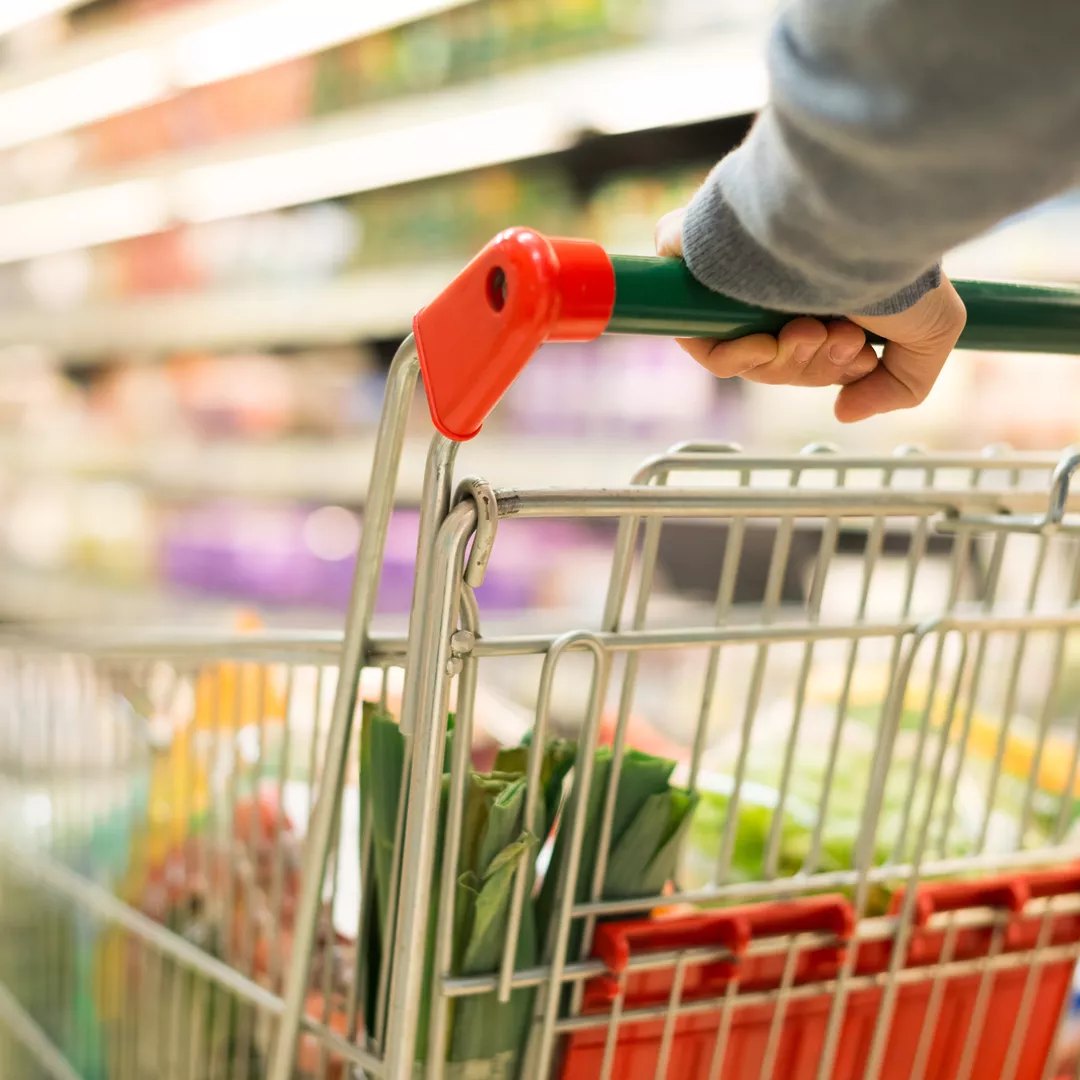As the cost-of-living crisis escalates, we are all looking for ways to save on grocery bills. However, saving money on your weekly shop doesn’t mean you need to jeopardise your health.
The food you eat every day can have a significant impact on your heart disease risk factors such as blood pressure and cholesterol.
Follow these tips for a heart-healthy diet – without breaking the bank.
1. Plan ahead
A recent report showed that Aussie households waste a staggering $19.3 billion per year, averaging out to between $2,000 and $2,500 per household. By planning your meals (and snacks) for the week ahead, you can opt for healthy choices and will be less likely to make impulse decisions. Make a list and stick to it – and always freeze leftovers when possible or use them in another meal.
2. Buy what’s in season
It may seem obvious, but the most affordable fruit and vegetables tend to be those that are plentiful and in season. The further fruit and vegetables have to travel, the more expensive they become, particularly with petrol prices also soaring. Buy and embrace produce that is in season – here’s a handy online guide from Sustainable Fund.
3. Opt for legumes and reduce your meat intake
Legumes like beans, lentils, chickpeas and tofu are the cheapest way to get protein, and because they’re lower in saturated fat than meat, they’re also a great choice for your heart health. They also contain a wealth of other essential vitamins in minerals like fibre and iron – and keep you fuller for longer. Meat and poultry have also been the hardest hit by inflation, so cutting back on meat consumption could also help you save.
4. Embrace frozen and canned produce
Do not overlook frozen or tinned fruit and veg, which are almost always cheaper! There has been a lot of research showing that the nutritional value is similar to fresh food – as it’s typically frozen soon after being picked. Tinned fish, such as salmon and tuna, is also cheaper than fresh, and doesn’t need cooking. It’s also loaded with heart-healthy omega-3 fatty acids – with heart experts recommending we eat fish two to three times per week. If you’re buying canned beans and vegetables, look for options labelled with ‘no’ or ‘lower’ salt content. Canned ingredients also last a long time in your pantry.
5. Use apps and store rewards programs
If you haven’t already, be sure to join sign up to Flybuys and Everyday Rewards, which let you earn points at Coles and Woolworths respectively. There are also several comparison apps, such as Frugl and SmartCart, which allow you to compare prices between supermarkets. Also keep an eye on the supermarket websites for their weekly specials. Shopping around is a great idea – be sure to also check out your local butcher, greengrocer or independent supermarket.
6. Buy in bulk and on sale
By looking at the unit pricing on supermarket shelves, you’ll see that it’s usually cheaper to buy the larger version of products. This is useful for pasta, rice, nuts, tinned and frozen foods, as well as non-perishables. Also stock up on whatever is on sale.
7. Buy home brands versus name brands
‘Generic’ or ‘home’ brand products are usually made by the same factory as the well-known brand names, but at a lower cost. This is especially true for pantry items such as flour, sugar, and rice.
8. Skip individually packaged or pre-chopped food
While it may be convenient, it’s generally healthier and cheaper to prepare food at home. Stick with whole fruits and veg, such as watermelon and celery, instead of the pre-chopped slices. And resist those ready-to-roast pumpkin pieces!
9. Drink water
Not only is it free, but water is also a whole lot healthier than juice or soft drinks. That doesn’t mean you only need to drink plain H20, there are plenty of other ways to stay hydrated and spruce up your water.
10. Choose foods with the longest expiry date
When you go to grab your milk or bread, remember that supermarkets tend to rotate products with the shortest shelf life to the front. Always check the use-by date to help you avoid waste (and money!).
11. Grow your own herbs
The addition of herbs and spices really can bring a simple meal to life. However, buying those little bags of individual herbs from the supermarket can get very expensive – so why not have a go at growing your own? All you need is a warm windowsill or porch. And start simple. Parsley, mint and basil are good options for pot-growing, and you don’t need a green thumb. Once you’ve mastered herbs, you can move on to vegetables.
12. Never shop on an empty stomach
Shopping while hungry can be detrimental to your health and wallet. You're more likely to give in to impulse purchases, like unhealthy and processed snacks and sugary drinks, and purchase more items than you need.
Disclaimer
HRI does not endorse any particular apps or rewards systems named in this article.

